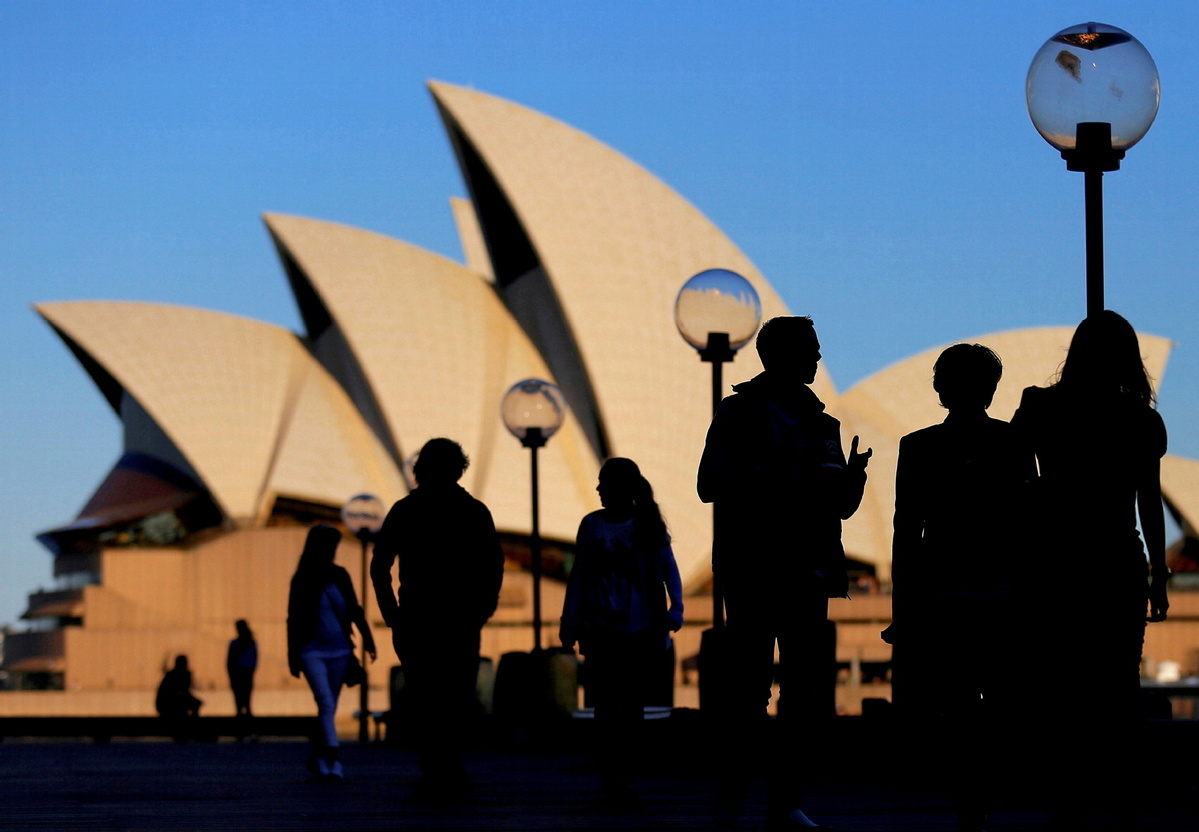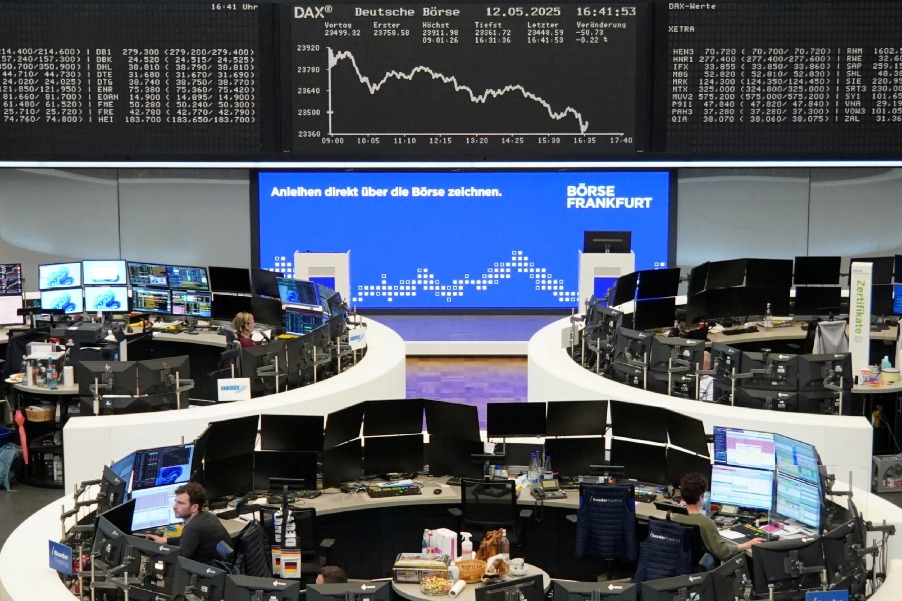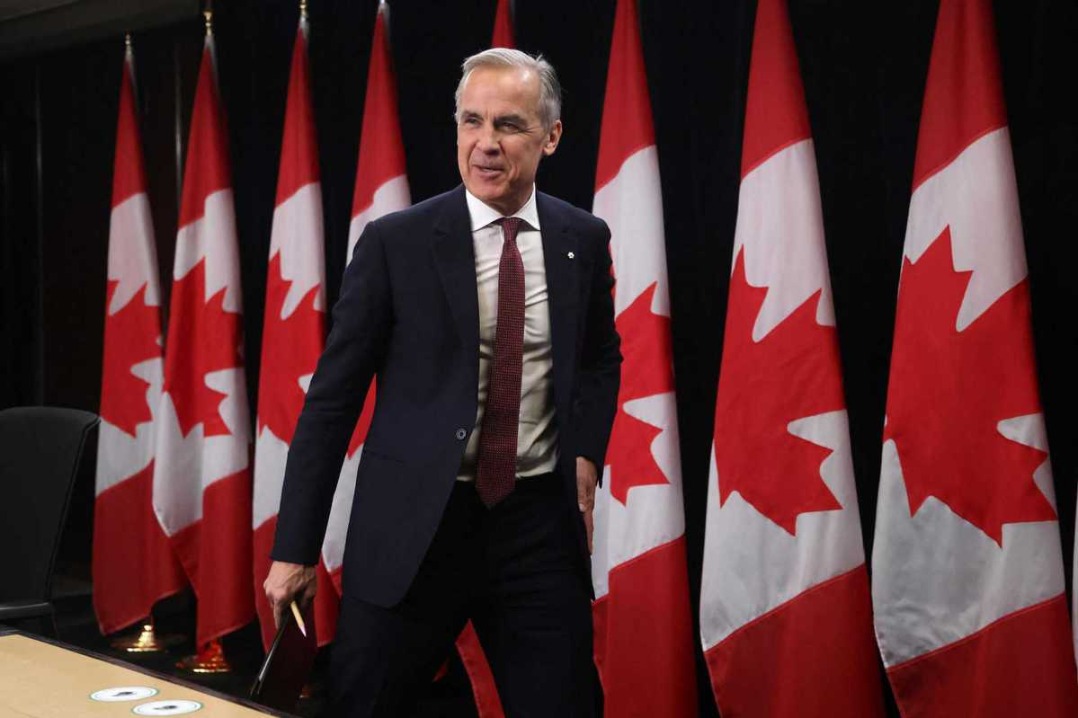Australia's budget delivers cost-of-living relief amid inflation challenge


CANBERRA - Australia's Treasurer has announced the federal budget with a strong focus on cost-of-living relief as inflation remains the "primary economic challenge" for the country.
Treasurer Jim Chalmers handed down the budget for financial year 2023-24 in a speech to the parliament on Tuesday night, revealing new spending measures.
The headline item is a 14.6 billion Australian dollars ($9.8 billion) cost-of-living package that the government projects will lower inflation by three-quarters of a percentage point.
"In all our decisions, we seek to strike a considered, methodical balance. Between spending restraint to keep the pressure off inflation, while doing what we can to help people struggling to make ends meet," Chalmers said in his budget speech that his top priority would be cost-of-living relief.
"In this environment, inflation remains our primary economic challenge ... which is why this budget is carefully calibrated to alleviate inflationary pressures, not add to them."
Under the package, the JobSeeker unemployment payment will rise modestly and eligibility for the single-parent payment will be expanded.
A part of the package will come in the form of a funding boost for Medicare, Australia's universal healthcare system, which will see the government subsidize more doctor visits and relieve pressure on the hospital system.
Funding has also been committed to deliver a pay rise for workers in the aged care industry.
As announced by Chalmers on Tuesday morning, the Treasury forecasts a budget surplus of 4 billion Australian dollars ($2.7 billion) in the current 2022-23 financial year.
If realized, it marks the first time the balance has been in surplus in 15 years and a turnaround from previous projections.
Through the five years of forward estimates contained in the budget, the bottom line has improved by a combined 125.9 billion Australian dollars ($85.1 billion) from the figures projected in March 2022.
The turnaround was driven by booming resources exports, stronger migration to Australia, low unemployment and a projected increase in tax revenues.
According to the projections, Australia's gross domestic product growth (GDP) will be slashed in half to 1.5 percent in 2023-24 before slowly rising while unemployment will also rise.
"Outside of the pandemic and the global financial crisis, the next two years are expected to be the weakest for global growth in over two decades," said Chalmers.
Australia's gross debt is expected to peak lower and earlier at 36.5 percent of GDP in 2025-26.
































